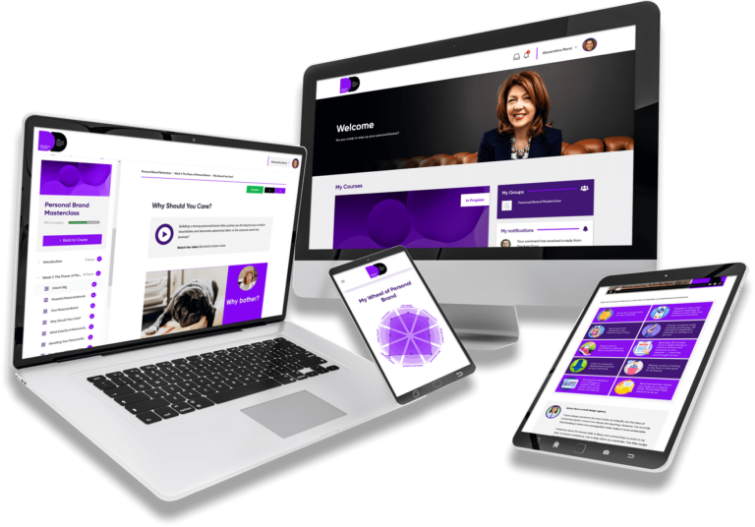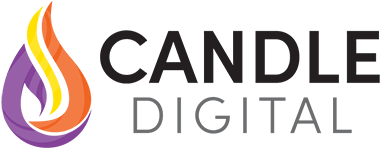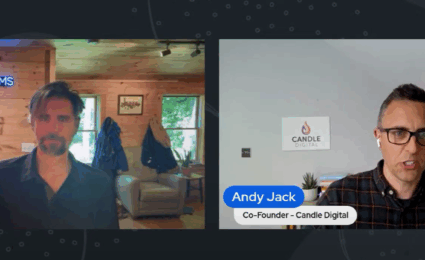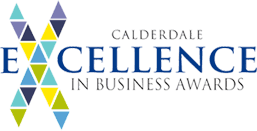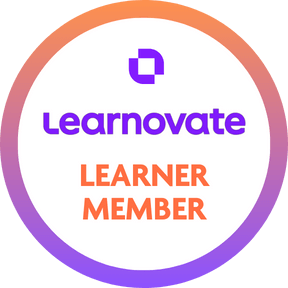Why resources are the perfect companion for your online training

When we set up Candle Digital four years ago, our main aim was to help support small but ambitious training providers through the often difficult transition of taking their expertise online. We have the commercial, technical and product experience to do so, and wanted to share this!
Understandably many of the clients we work with have a course, or a suite of courses, that they currently deliver face-to-face and want the ability to offer a self-study option online.
In our discovery phase, we often advocate complementing these online courses with a rich mix of resources, sitting within the same platform. Why?
‘Just in time’ resources
Think about the last time you had a DIY issue in your home; perhaps a tap was dripping, or you noticed a leak coming from your boiler. How would you respond if you wanted to fix this issue yourself? Would you check out the local plumbing courses in the area or find a video on YouTube to see if anyone else has had (and solved) the same issue?
If a task needs resolving quickly, or is likely to be straightforward, it’s unlikely to require you to develop a repertoire of skills in plumbing to solve it. This is where ‘just in time’ resources come in.
As an example, we recently created Global Business Compass with one of our clients, Global Business Culture who provide cultural awareness training for companies who deal with other businesses from around the world. Global Business Compass includes a series of downloadable PDFs on specific cultures around the world, and we’re finding these are particularly useful for those who want to remind themselves of the detail before they open up discussions with clients from different cultural backgrounds.
Creating resources that have value
It’s important to understand that when we say resources we don’t just mean a static document, training resources could be a video, podcast or even an interactive image. They can also take the form of a glossary, an online toolkit, a list of contacts or just a ‘frequently asked questions’ page.
All these have ease of access at the heart of them. For example, if a resource is online only and doesn’t respond well in mobiles, then this is unlikely to benefit someone who is travelling or just picking up their phone to solve an issue.
Always remember that people’s time is precious; not everyone has the time or desire to sit through detailed online training to resolve a specific issue or find the answer to a question – they want a faster solution. You may need a refresher on a certain topic or maybe just want the key facts and figures before an important meeting, whatever the reason, ensure that your content is accessible and accurate.
Not only should the content be up to date but it also needs to be clear and easy to find any information they need and put this into action. It shouldn’t take the learner a long time to find what they’re looking for, the detail should be limited to what is key to get the task done.
Remember, trust is a big factor when it comes to creating resources; if the content is accurate and easy to find, learners are more likely to revisit in the future.
Where does this leave courses then?
Courses still have their place; they can provide the opportunity to give context, develop understanding and skills that cannot be learnt from a simple sheet or video.
Take the earlier example of plumbing. Unlike the plucky DIYer, a plumber should have a wide range of expertise and experience, developed through a period of practice and knowledge acquisition that would allow them to apply their skills (with a thorough understanding of the key principles) to various different contexts. There’s a reason why the complex home improvement jobs are often left to outside experts.
So there’s definitely still a place for providing rich experiences to develop understanding and skills sets, rather than fixing a discrete issue.
So resources complement courses then?
Indeed resources shouldn’t be seen in competition with courses, instead think of them as adding additional value.
Retention of new information is often one of the biggest challenges when it comes to training. Resources offer learners a chance to revisit content or digest knowledge in a different way rather than having to trawl through pages of a course to find the relevant information again.
During our work for Mellor Financial Management, we focused on making their hub a place where resources can be used to help consolidate the core concepts covered in the course. For example, one of the training courses ‘Finance for non-finance managers’ introduces learners to key financial terminology throughout. In order to refresh learners of these terms without going back through the learning, we created a simple printable glossary, which can be stuck to their whiteboard or on a desk as a useful aide should one of these terms come up during a conversation or in an email.
Top tips for resources
So if you’re thinking about how to partner resources with your online training moving forward, consider these four points:
Consider the situations when your audience may need a resource – always think about what value the resource brings to the learner, make sure it adds to their learning experience.
Make it accessible – a resource is useless if it can’t be found! Ensure it’s readily available for people, ideally using a search function.
Get to the point – Don’t waffle! Stick to the key points, make it easy to read and quick to find.
Find the best format – Choose a format that works for the information! If it’s a ‘How to’ guide, look at multimedia options like videos, for terminology consider downloadable resources.
Do you want to take your training online?
If you think that we can help you identify a blueprint for your own online learning, please get in touch.
Fresh Insights Direct to Your Inbox
Enjoyed this article?
Join the Candle Digital Mailing List
You’ve Mastered Your Craft. Now Scale It.
